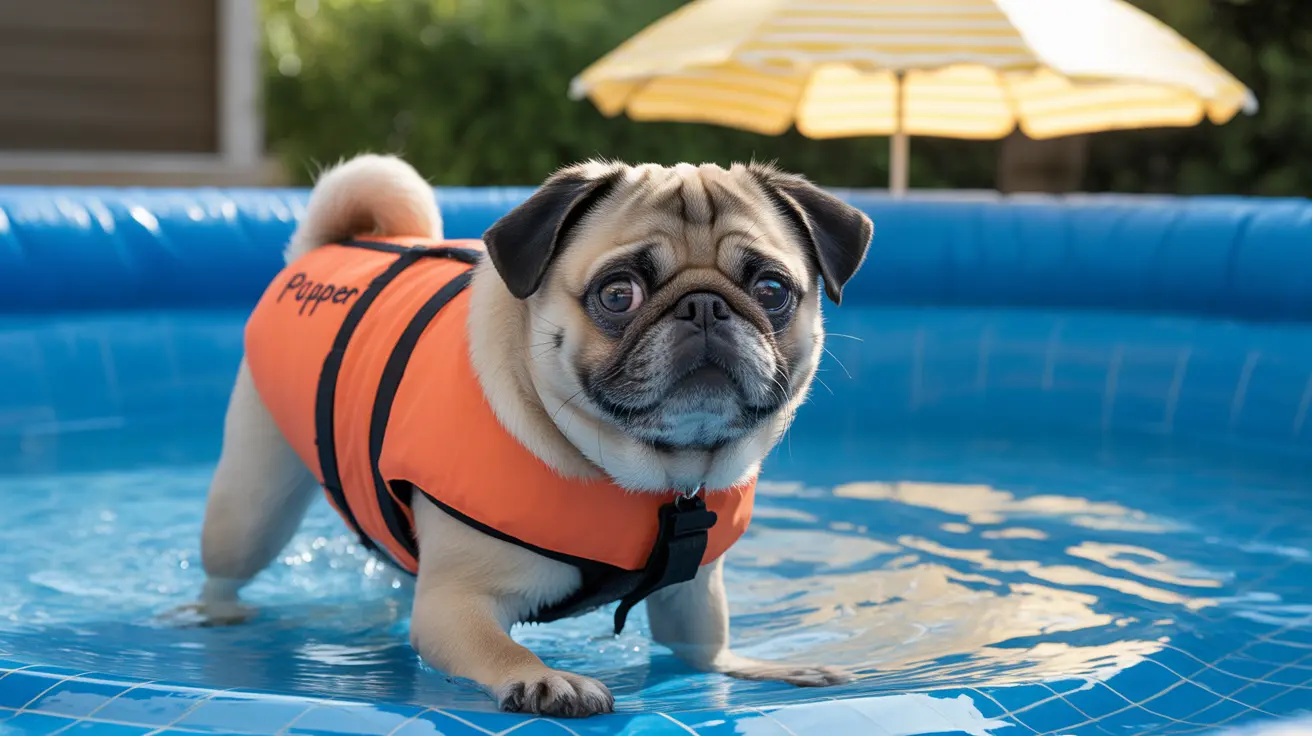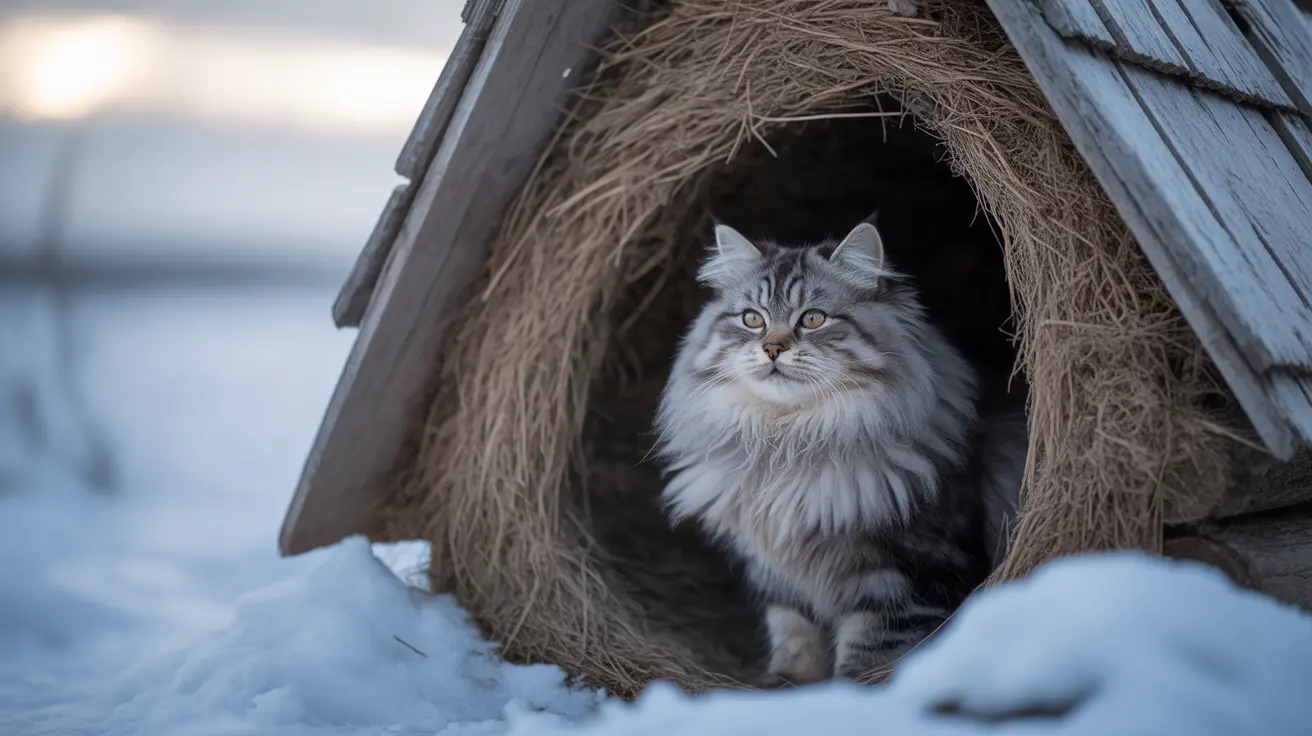Many pug owners wonder about their furry friend's swimming abilities. While pugs can technically swim, their unique physical characteristics make them particularly vulnerable in the water. Understanding these limitations and taking proper precautions is crucial for keeping your pug safe during water activities.
In this comprehensive guide, we'll explore the challenges pugs face when swimming, essential safety measures, and how to ensure your pug can enjoy water activities safely.
Understanding Pugs' Physical Limitations in Water
Pugs face several anatomical challenges that impact their swimming ability. Their brachycephalic (flat-faced) structure creates breathing difficulties, which become more pronounced during physical exertion like swimming. Their barrel-shaped bodies and short legs also make it harder for them to stay afloat efficiently.
Additionally, pugs have disproportionately large heads compared to their bodies, making it difficult to maintain proper swimming position. This physical characteristic increases their risk of fatigue and water inhalation.
Key Physical Challenges:
- Flat face and shortened airways
- Short legs and compact body structure
- Heavy head-to-body ratio
- Limited stamina and endurance
- Prone to overheating
Essential Safety Measures for Swimming Pugs
If you plan to introduce your pug to water activities, implementing proper safety measures is non-negotiable. These precautions can mean the difference between a fun experience and a dangerous situation.
Must-Have Safety Equipment:
- Well-fitted dog life jacket
- Pool ramps or easy exit points
- Fresh water supply
- Shade protection
- Timer for monitoring swim duration
Safe Swimming Environment Guidelines
Creating a safe swimming environment is crucial for pugs. Always opt for controlled settings with shallow water and easy access points. Swimming pools should have proper fencing and safety features installed.
The best times for water activities are during cooler parts of the day, preferably early morning or late evening. This helps prevent overheating, which pugs are particularly susceptible to.
Alternative Water Activities for Pugs
For many pugs, traditional swimming might not be the best option. Fortunately, there are several safer alternatives that allow them to enjoy water play while minimizing risks.
Safe Water Play Options:
- Shallow kiddie pools
- Sprinkler systems
- Supervised water therapy
- Gentle water toys in shallow areas
- Cool-down mats with water
Post-Swimming Care and Maintenance
Proper after-swim care is essential for preventing health issues in pugs. Their facial folds require special attention to prevent infection and irritation from moisture retention.
After-Swim Checklist:
- Thorough rinsing to remove chemicals or salt
- Complete drying of all skin folds
- Checking for signs of exhaustion
- Monitoring breathing patterns
- Examining for skin irritation
Frequently Asked Questions
Can pugs actually swim, and if so, how long can they safely swim?
While pugs can swim for brief periods, they should only do so for 5-10 minutes maximum under close supervision. Their physical limitations make extended swimming sessions dangerous.
What are the essential safety precautions I should take when swimming with my pug?
Always use a properly fitted life jacket, maintain constant supervision, ensure easy pool exit points, and keep sessions brief. Never leave your pug unattended near water.
How do I introduce my pug to swimming without causing them distress?
Start gradually in very shallow water, use positive reinforcement, and never force them. Let them explore at their own pace, always wearing a life jacket.
What are the risks of pugs inhaling water while swimming, and how can I prevent it?
Pugs are at high risk for aspiration pneumonia due to their flat faces. Prevent this by using a life jacket that keeps their head well above water and limiting swim time.
What alternatives to swimming are best suited for pugs to enjoy water play safely?
Shallow kiddie pools, sprinklers, and supervised water therapy are excellent alternatives that allow pugs to cool off and play safely without the risks of deep water swimming.
Conclusion
While pugs can swim, their physical limitations make it a high-risk activity that requires careful consideration and preparation. By understanding these limitations and implementing proper safety measures, you can help your pug enjoy water activities safely. Remember that alternative water play options often provide safer and more enjoyable experiences for these beloved flat-faced companions.






